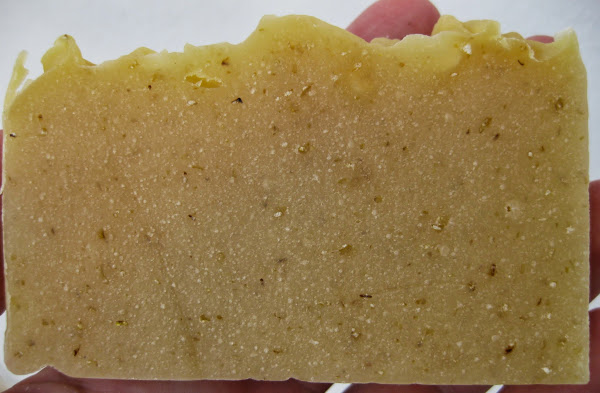dimitris
Well-Known Member
- Joined
- Mar 17, 2013
- Messages
- 90
- Reaction score
- 66
I know that the "white spot" question has been asked many times, but I think I have found out why it happens for me.
Look at the following soap:

The spots don't zap and the soap has a Ph of 9.
I have saponified this at around 100F with high % of C.O. These white spots happened to me with another soap too, which also had a high % of C.O.
Given that the C.O. I usually get is solid at room temperature, I believe that 100F is too low for a soap with a modest amount of C.O, which solidifies before saponification is complete. Perhaps I could try at higher temperatures?
Another question: The soap I produce using CP has a Ph of 9 after 48 hours and doesn't zap. I know that it needs to cure to become harder, but is this normal?
Thanks to all! What a wonderful hobby this is.
Look at the following soap:

The spots don't zap and the soap has a Ph of 9.
I have saponified this at around 100F with high % of C.O. These white spots happened to me with another soap too, which also had a high % of C.O.
Given that the C.O. I usually get is solid at room temperature, I believe that 100F is too low for a soap with a modest amount of C.O, which solidifies before saponification is complete. Perhaps I could try at higher temperatures?
Another question: The soap I produce using CP has a Ph of 9 after 48 hours and doesn't zap. I know that it needs to cure to become harder, but is this normal?
Thanks to all! What a wonderful hobby this is.




